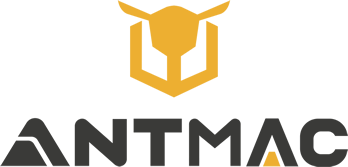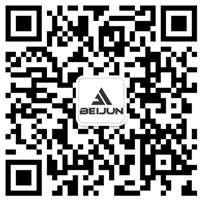Choosing the Right Vertical Lift: Scissor Lifts, Telescopic Booms, and Aluminum Platforms
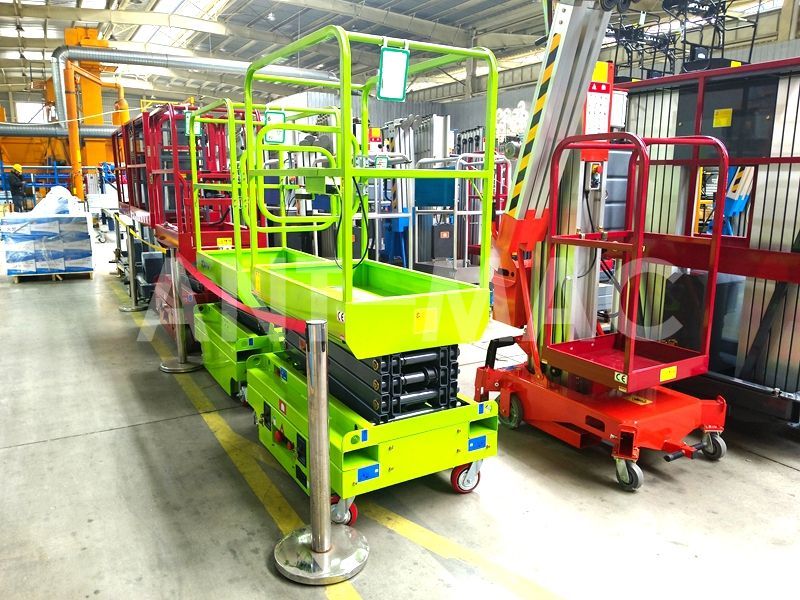
Introduction: The Cost of Choosing the Wrong Lift
Choosing the wrong equipment can sink half a project’s budget into cost overruns. A slightly sloped mall floor makes wheeled scissor lifts wobble dangerously, tight machinery bays in old factories trap straight booms, and historic museum floors bear unsightly dents from steel lifts… The true competitive edge of aerial work platforms lies in their scene-adaptive precision:
Scissor LiftsSplit into wheeled (leveling outriggers for flat ground) and tracked (dynamic leveling for rough terrain), covering 80% of job sites.
Telescopic booms: Conquer tight spaces with 346° rotation.
AAluminum platforms: Protect touchy surfaces with lightweight, corrosion-resistant designs.
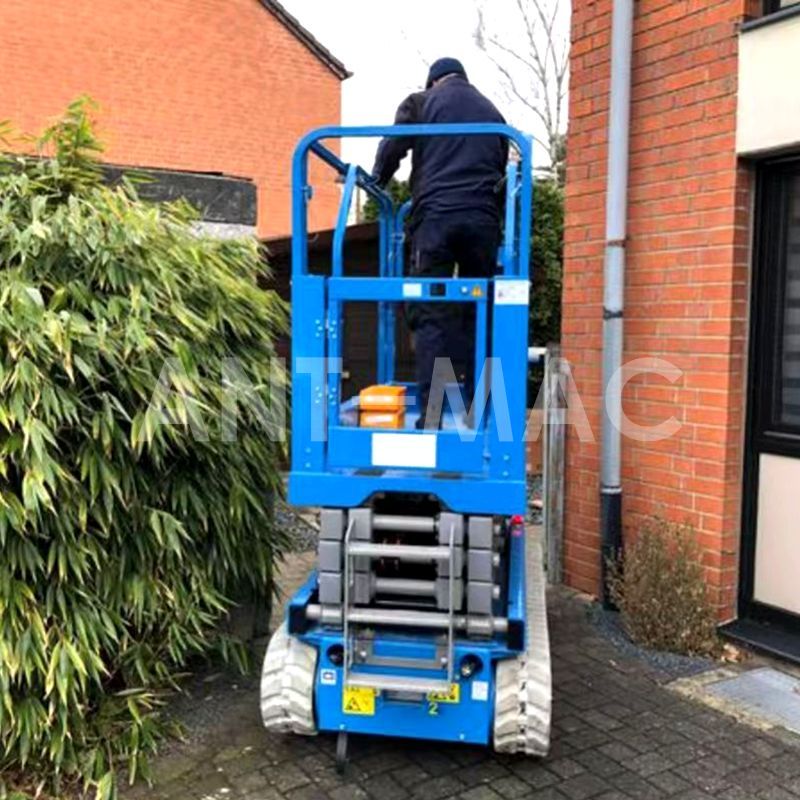
1. Scissor Lifts: Wheeled for Flat Ground, Tracked for Rough Terrain
(1) Wheeled Scissor Lifts: “Leveling Assassins” for Flat Surfaces
Hydraulic leveling outriggers are their superpower: four impartial legs extend/retract to calibrate stage in 20 seconds, maintaining the platform rock-solid even on 3° sloped surfaces (e.g., manufacturing facility loading docks or ageing mall floors).
Specs: 6–18m (20–59ft) working peak | 460kg (≈1,014lbs) capability (supports two employees + equipment like welders/paint tanks).
Killer Scenarios:
Mall Nighttime Visual Merchandising: Non-marking tires protect marble floors; leveling outriggers counter uneven 沉降 (settlement), finishing 12m-high LED canopy installs in 3 hours (vs. 2 days for scaffolding).
Factory Crane Maintenance: Precise outrigger leveling cuts 80% of downtime for 15m-high overhead crane track repairs.
(2) Tracked Scissor Lifts:“Off-Road Titans” for Mud & Rubble
When job sites turn into mud pits, tracked scissor lifts dominate with triangular tracks + all-terrain adaptivity:
Terrain Domination: Track contact area is 3x larger than wheels, handling mud, gravel, and 15° slopes. A wind farm project even used them to repair towers in landslide zones, stabilizing at 15m height.
Smart Safety: The platform locks automatically if tilt exceeds 5°; dynamic leveling corrects in real time—even if one track sinks, the platform stays level.
Spec Continuity: Same 6–18m height and 460kg capacity as wheeled models—one lift, two terrain modes.
2. 346° Rotating Telescopic Booms: “Rotary Scalpels” for Tight Spaces
Old-town alleyway light installs, factory machinery bay pipe repairs… In these “spatial mazes,” 346° rotation + millimeter-level positioning is the solution:
Rotation Tech: The boom has only a 14° blind spot, bypassing walls/equipment in one setup. A car factory used it to reroute 12m-high pipes around production lines in 8 hours (vs. 2 days for straight booms).
Height Range: 5–13m (16–43ft), perfect for building eaves, bridge sides, or factory mezzanines.
Load Flexibility: 230kg (≈507lbs) capacity supports 1 worker + tools (drills/sealants)—even a suspended basket for two-person teams.
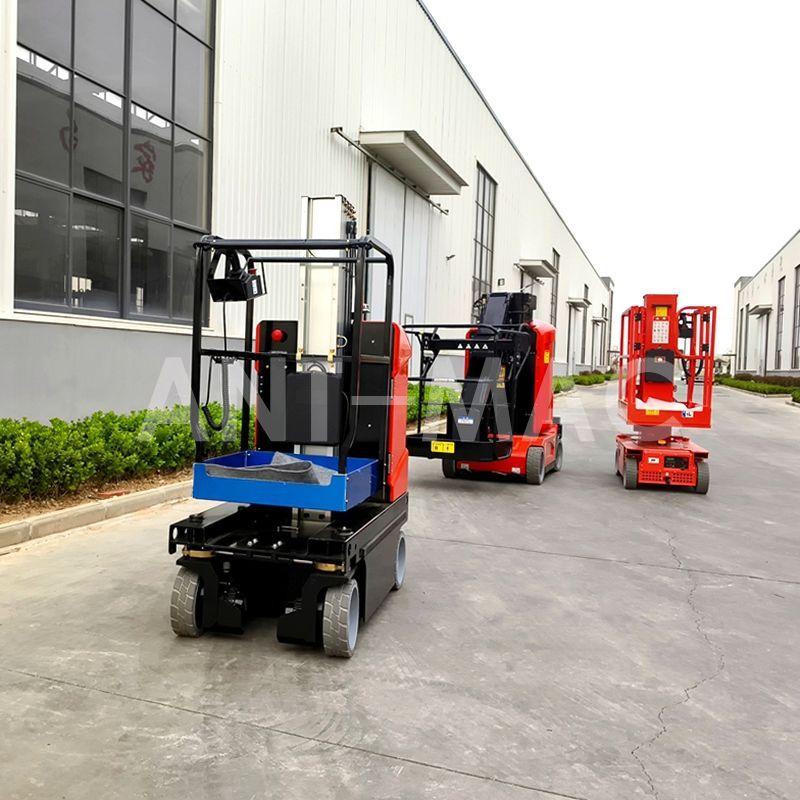
3. Lightweight Aluminum Platforms: “Stealth Guardians” for Sensitive Spaces
Museum domes, luxury stores, historic buildings—these “weight-sensitive, scratch-prone, corrosion-risk” sites demand aluminum platforms’ three-light principles:
Lightweight Protection: Aerospace-grade aluminum + honeycomb shape (1/3 the weight of metal lifts). Rubber tracks exert much less stress than a human step, retaining 18th-century parquet flooring all through a cathedral restoration.
Full-Height Mobility: 6–18m (20–59ft) peak (matching scissor lifts) however matches thru fashionable doorways (900mm wide) and elevators, navigating slim hallways or duplex lofts.
Long-Term Corrosion Resistance: Electrophoretic coating + sealed profiles live on over 2,000 hours of salt spray testing. A coastal lighthouse maintenance project proved 5-year rust-free performance.
4. 4-Dimension Decision Matrix: Match Pain Points to Lifts
Decision Factor | Wheeled Scissor (Leveling Outriggers) | Tracked Scissor (All-Terrain) | 346° Rotating Telescopic Boom | Lightweight Aluminum Platform |
Terrain Tolerance | Paved ground (≤3° slope) | Mud/rubble (≤15° slope) | Flat/hard ground (tight spaces) | Sensitive surfaces (low impact) |
Core Tech | Hydraulic leveling (±0.5° precision) | Triangular tracks + dynamic leveling | 346° rotation + mm-level positioning | Lightweight aluminum + anti-corrosion coating |
Height Range | 6–18m (mid-high) | 6–18m (mid-high) | 5–13m (mid-low) | 6–18m (mid-high) |
Load Capacity | ≈1,014lbs (heavy + multi-worker) | ≈1,014lbs (heavy + multi-worker) | ≈507lbs (medium + single worker) | ≈661lbs (light + single worker) |
Typical Scenarios | Factory repairs, mall visual merch | Wind farm repairs, flood relief | Old-town upgrades, machinery bays | Museum restorations, luxury stores |
5. Case Studies: Right Lift = Solved Problems
Wheeled Scissor + Leveling Outriggers: A mall’s LED canopy upgrade (2° sloped floor) used outriggers to calibrate in 15 seconds, finishing 10 panels at 12m height in 3 hours (vs. 2 days for scaffolding).
Tracked Scissor + All-Terrain: Post-flood rural electric tower repairs (muddy access) saw tracked lifts cut trailer repositioning by 3x, fixing insulators at 18m height.
346° Rotating Boom: Old-town alleyway 5m antique light installs used rotation to bypass walls, installing 3 lights in one setup (3x faster than traditional methods).
Lightweight Aluminum: A coastal museum’s 16m dome mural restoration (salt-air + historic floors) used aluminum platforms to reach lofts via elevators, finishing in 6 days (vs. 15 days + floor damage with steel lifts).
A Lift’s “Scene DNA” Defines Success
Wheeled scissor lifts tame small slopes with leveling outriggers; tracked models break through mud with triangular tracks; telescopic booms slice tight spaces with 346° rotation; aluminum platforms guard sensitive surfaces with lightweight resilience. Each lift’s core ability is a pproblem-solving key tailored to specific pain pointsChoose right, and efficiency, safety, and cost control align; choose wrong, and even top-tier gear becomea scene-bystander.
 In-depth Analysis of Return on
In-depth Analysis of Return on
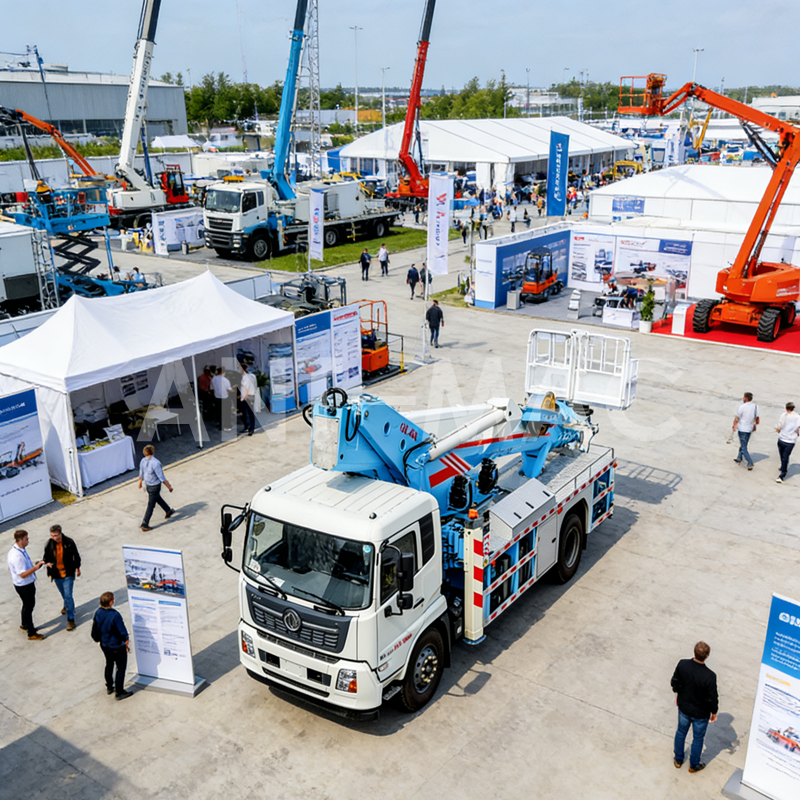 A Cost-Effectiveness Revolutio
A Cost-Effectiveness Revolutio
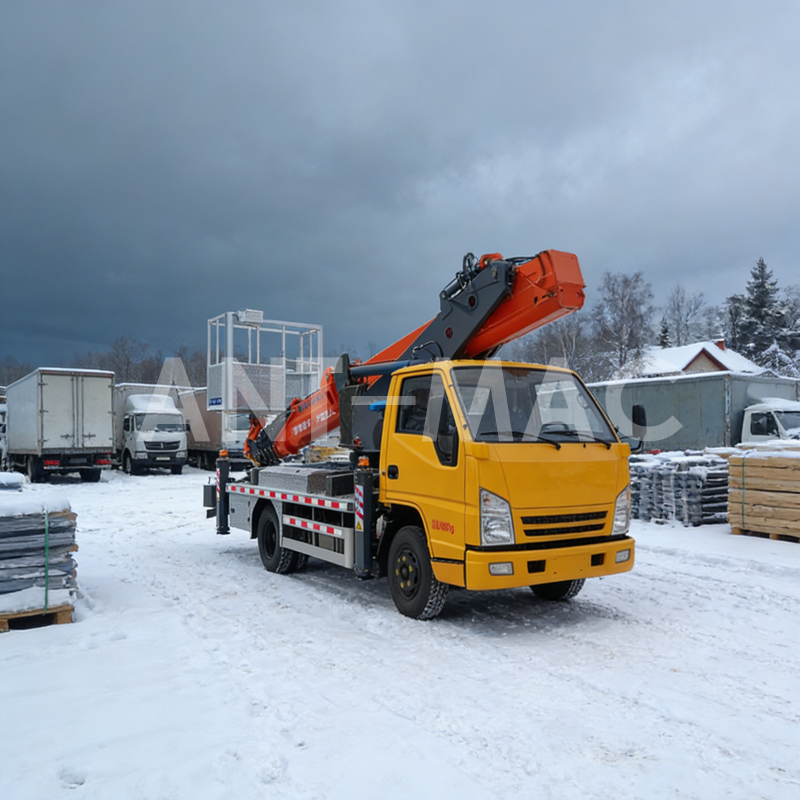 2026 Trend Insights: Four Core
2026 Trend Insights: Four Core
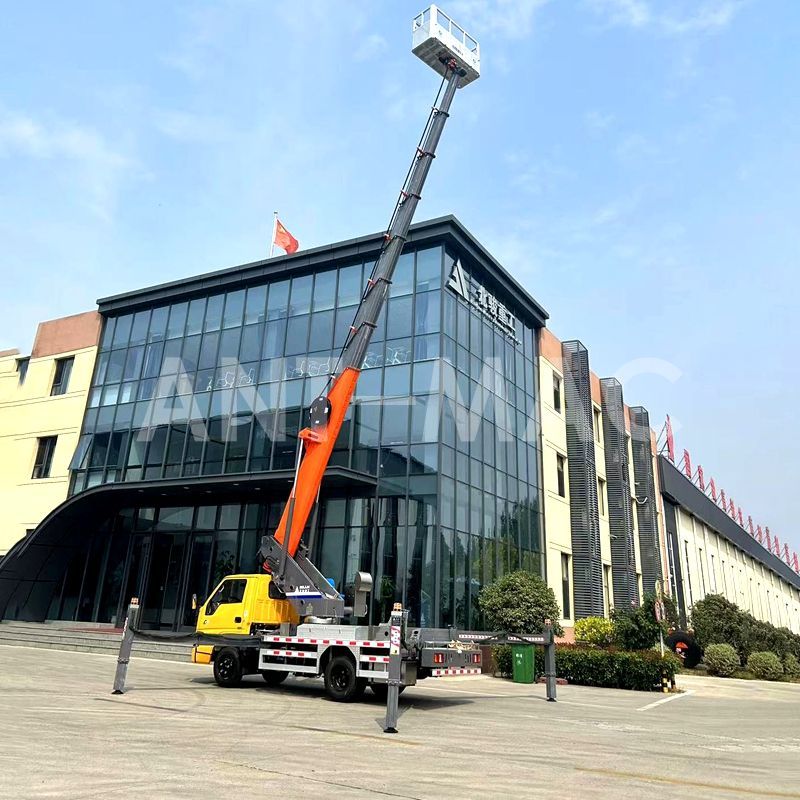 Five Criteria for Selecting Re
Five Criteria for Selecting Re
 Russian
Russian